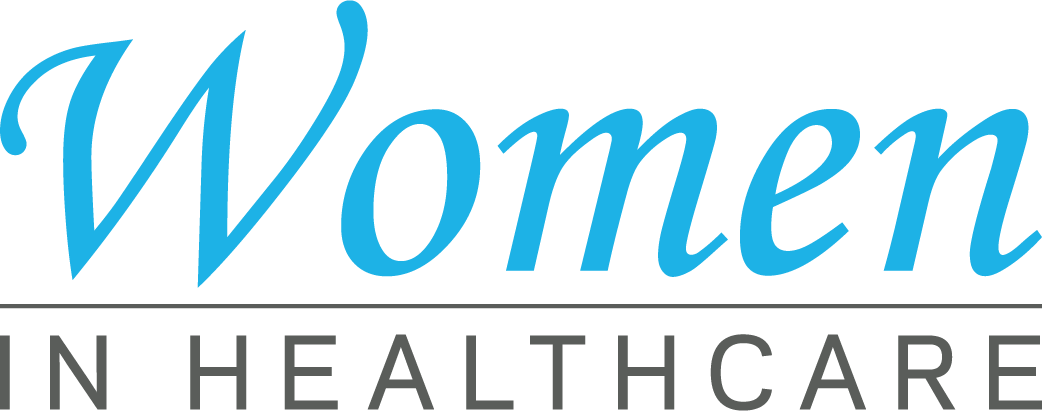The Importance of Healthcare RCM in Enhancing Cash Flow and Efficiency
The Importance of Healthcare RCM in Enhancing Cash Flow and Efficiency
Blog Article
A Comprehensive Overview on Just How Health Care RCM Works to Improve Invoicing and Collections
Navigating the complexities of healthcare profits cycle management (RCM) is essential for service providers intending to boost their payment and collections processes. The overview unloads the ins and outs of RCM, from client enrollment to balance dues monitoring, supplying understandings into maximizing each action. Incorporating advanced innovation and standard treatments can considerably reduce case denials and accelerate settlement cycles. Yet, real challenge lies in flawlessly merging these elements to boost capital. As we explore the core parts and techniques that drive efficiency, one question stays: exactly how can health care entities finest setting themselves to flourish financially in an ever-evolving industry?
Recognizing Income Cycle Monitoring
Comprehending the ins and outs of Profits Cycle Administration (RCM) is necessary for healthcare organizations intending to maximize their monetary performance. RCM is a critical management function that encompasses the whole financial procedure of patient care, from the first visit readying to the last repayment of the balance. It is a complex treatment designed to identify, accumulate, and manage the revenue from the solutions offered to individuals. Effective RCM makes sure that doctor get prompt and exact payments, reducing the threat of income loss and boosting capital.
The RCM process begins when a patient schedules a visit and extends through the client's care journey, including payment and collections. A crucial objective is to decrease the time in between getting and offering a service payment, therefore enhancing the company's monetary health and wellness. RCM entails different features such as person enrollment, insurance policy verification, cost capture, coding, asserts submission, settlement publishing, and handling denials and allures.
Secret Components of RCM
In the realm of Income Cycle Monitoring (RCM), recognizing its crucial elements is essential to accomplishing economic effectiveness within medical care companies. RCM is an extensive process that encompasses various phases, each vital to ensuring effective billing and collections. The key components include patient enrollment, insurance verification, fee capture, coding, claim entry, repayment posting, and accounts receivable administration.


As soon as coded, insurance claims are submitted to payers, where precision is critical to avoid hold-ups or beings rejected - Healthcare RCM. Settlement publishing includes videotaping the gotten repayments, which permits the settlement of accounts. Last but not least, accounts receivable management focuses on tracking and resolving overdue cases, guaranteeing timely follow-up and resolution
Each part of RCM is interconnected, and inadequacies in any component can interrupt the entire cycle. As a result, understanding these aspects is crucial for medical care companies to maximize profits and enhance their financial health and wellness.
Methods for Reliable Billing

Standardizing invoicing treatments across the organization is one more vital method. Establishing clear guidelines for documents, coding, and submission helps keep uniformity and conformity with regulatory requirements. Training team routinely on these procedures makes certain every person Click This Link is up-to-date with the current modifications in payment codes and payer plans.
Accurate cost capture is necessary in protecting against earnings leakage. Executing routine audits and monitoring systems permits the identification and modification of inconsistencies prior to they affect earnings. In addition, maintaining open lines of communication with payers aids to rapidly settle any type of disagreements or misunderstandings that may develop.

Lastly, appealing clients early in the invoicing process by providing clear quotes and instructional products about their financial responsibilities can substantially decrease complication and improve settlement timeliness. These methods jointly contribute to a more efficient and economically healthy invoicing system.
Enhancing Collections Procedures
A robust collections procedure is vital for maintaining monetary security within medical care companies. Provided the complexities of clinical invoicing and the variety of payer needs, improving the collections process entails executing strategic actions that make sure precise and timely payment of services provided. Central to this is making use of technology to automate and enhance procedures, boosting and decreasing hands-on errors performance. Automation tools can assist in tracking case standings, sending out timely reminders to individuals, and managing rejections better.
Transparent and clear individual communications are essential. Providing comprehensive descriptions of charges and providing flexible settlement strategies can enhance patient complete satisfaction and timely settlements.
Routine audits of the collections process ought to be conducted to identify locations for renovation and make sure conformity with laws. By assessing information, health care companies can determine trends, anticipate prospective problems, and adjust strategies accordingly (Healthcare RCM). Inevitably, a well-enhanced collections process not just sustains economic wellness but likewise adds to a more seamless experience for individuals and staff alike
Optimizing Earnings Streams
Structure upon the structure of a solid collections process, health care companies can additionally boost their financial stability by strategically optimizing income streams. This includes a multi-faceted technique, starting with image source a thorough evaluation of existing earnings sources to determine inadequacies and areas for development. Using innovative data analytics devices allows organizations to obtain insights right into payer mix, patient demographics, and solution usage patterns, permitting data-driven choices that improve earnings capture.
Implementing automated billing systems can substantially lower errors and speed up claims processing, making certain that profits is collected more effectively. Furthermore, maximizing payer contracts through normal arrangements can enhance compensation rates and terms, straight influencing the lower line. Branching out solution offerings, such as incorporating telehealth or wellness programs, can also bring in a more comprehensive person base, hence boosting revenue capacity.
Another critical component is enhancing client involvement and complete satisfaction, as completely satisfied individuals are most likely to follow therapy strategies and make prompt settlements. Offering flexible i was reading this payment alternatives and clear payment methods can boost collections and foster client commitment. Healthcare RCM. By embracing these strategies, healthcare companies can create an extra resistant economic structure, guaranteeing sustained development and security in an ever-changing industry landscape
Conclusion
In verdict, medical care Revenue Cycle Management (RCM) plays a critical function in enhancing billing and collections processes by incorporating crucial components such as patient enrollment, insurance coverage verification, cost capture, coding, claims submission, and receivable management. By using sophisticated innovation, standardizing treatments, and fostering client engagement, medical care carriers can significantly minimize claim rejections, accelerate repayment cycles, and enhance money flow. This comprehensive approach to RCM ultimately results in boosted financial efficiency and sustainability for medical care companies.
The RCM process begins when a patient schedules an appointment and expands with the patient's treatment trip, consisting of payment and collections.An additional crucial part is boosting person engagement and complete satisfaction, as completely satisfied clients are extra most likely to adhere to treatment plans and make prompt repayments. Providing versatile settlement options and transparent billing techniques can enhance collections and foster patient commitment.In final thought, healthcare Earnings Cycle Monitoring (RCM) plays a critical duty in enhancing invoicing and collections procedures by integrating key elements such as client enrollment, insurance confirmation, fee capture, coding, declares entry, and accounts receivable monitoring. By employing innovative modern technology, standardizing procedures, and promoting client interaction, medical care carriers can substantially lower claim denials, speed up repayment cycles, and boost money flow.
Report this page